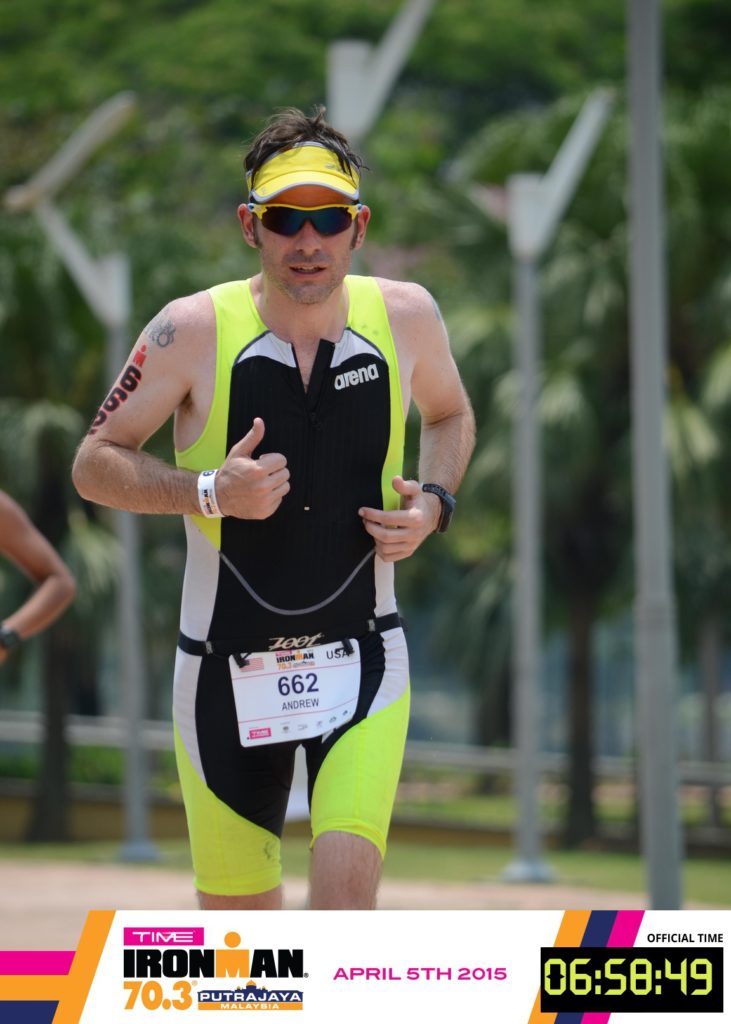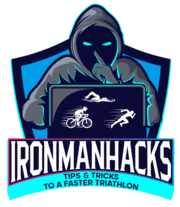My first half Ironman, Putrajaya, Malaysia, was an absolute horror-show. I think back to how confident I was going into it. I had just run an awesome full marathon in Seoul a month before, and had been putting in huge weekly mileage. I was sure that if I could somehow bob through the swim and put in a respectable bike, I’d be able to run it home in under 6 hours.
Oh boy, was I wrong.

The irony was that the discipline I was most confident in was the one that destroyed me: The run. And I didn’t know why.
I had done the training, running six days a week for the past 20 weeks. I was not injured. I was not burned-out. I expected my swim to be terrible (I was still a breast-stroker!) and I knew my bike wasn’t great, but I had much bigger hopes for the run. It all fell apart.
What I needed was a framework or a structure – asking the right questions – to look back with clarity and determine where I had gone wrong. I needed a post-mortem.
In the years since then, I’ve learned a lot more, and I’ve been able to compile critical items for analysis into a single page for analysis. I’ve assembled a post-mortem template.
Here are the kinds of questions I ask myself:
Summary
I start with 1-2 sentences generalizing how I did and how I felt. This is the big picture, and I write this last.
What went well
Here’s where I list out things I did that I want to attempt to repeat in future races. Examples could be ‘Riding the course beforehand,’ ‘Having a clear race plan,’ or ‘Controlling my heartrate.’
What went wrong
This is the area that needs the most focus and attention. Examples are, ‘An overall slow swim,’ ‘Racing with new equipment,’ ‘Not hitting the wattage,’ or ‘Intense cramps in the run.’
Insights & Implications
This is the take-away and what I have learned and gleaned from this retrospective analysis.
There are two sources of data or input that I use to compile the post-mortem. Objective and subjective.
The objective source is hard data. This includes official race timings and finish positions; my own race splits, heart rate, and power figures including IF and VI (see tip #17, from Joe Friel); nutrition sums of calories, sodium, carbs and more; temperature readings; cadence; the list of hard data sources goes on.
The second source is my own subjective feelings. What were my spirits like throughout the event? What was my Rate of Perceived Exertion (RPE)? Was I anxious the day before? Relaxed? Overconfident? What was my mental state? Where was I in pain? How hard did I feel I was swimming, cycling, running?
I have had races where I have done well and felt terrible; and races where I have done well and felt great. I have yet to have one where I perform terribly and feel great, though!
A post-mortem is especially useful if you race the same course twice. It’s a great reference the next year and allows you to work to solving the points you were weak in the prior year, or worry less about the areas you believe you are already strong in.
In retrospect, I see that the reason for my death-march of a run on that painful day in Malaysia was due to two things.
The first was that my VI had to be way high on the bike – I am sure I had many huge power spikes on the hills (I didn’t have a power meter then so no way to verify this). That would have inevitably lead to a sub-par run.
The second was that my nutrition on the bike and the run was totally done by guessing. I had no guidelines or goals, I just ate whatever random things I could, when I could. Not the best way to plan.
